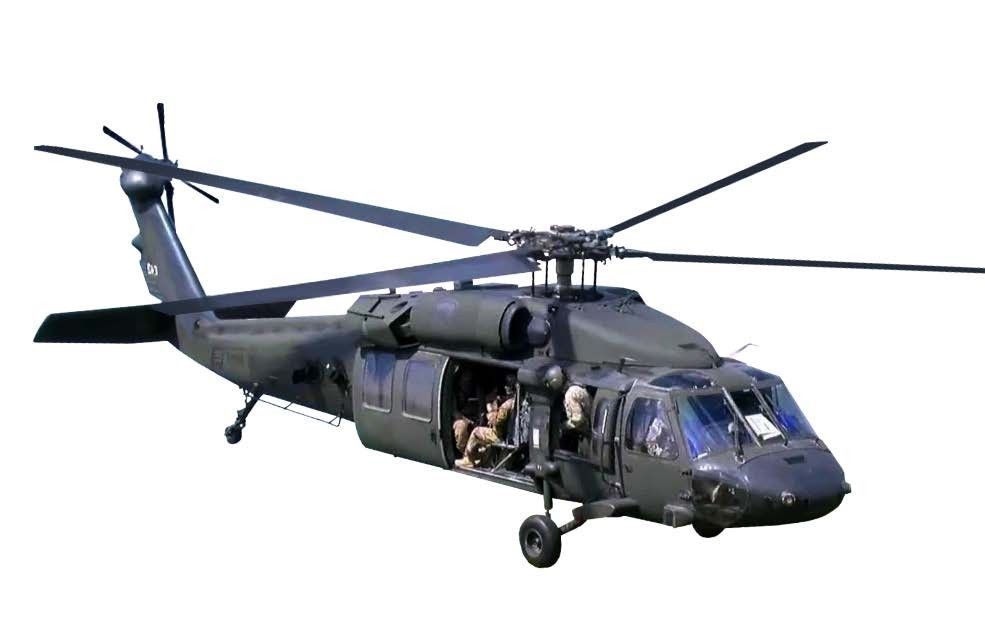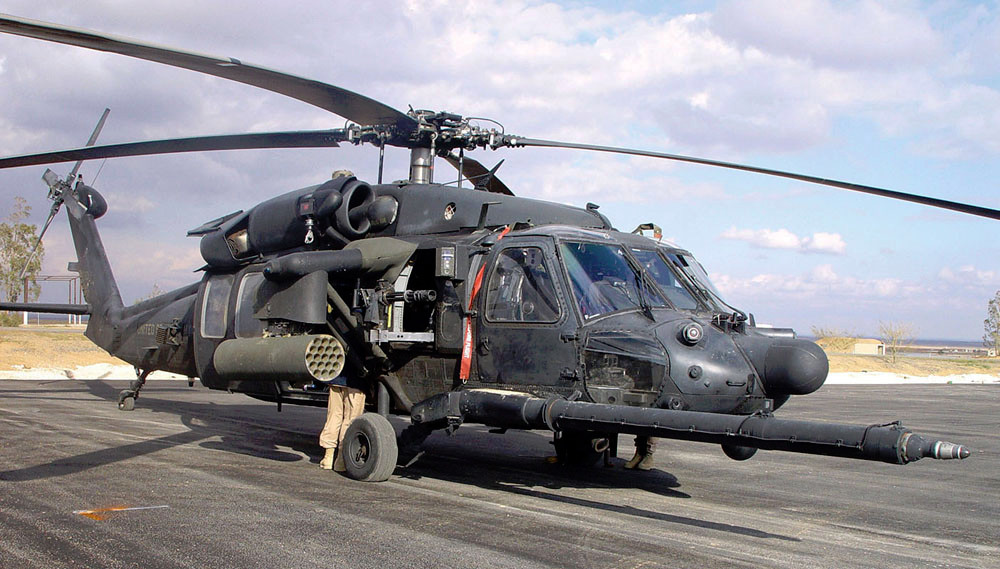Exactly How the Blackhawk Helicopter Gives Unmatched Performance in Challenging Atmospheres
Exactly How the Blackhawk Helicopter Gives Unmatched Performance in Challenging Atmospheres
Blog Article
Exploring the Thrills and Innovations of the Blackhawk Helicopter
The Blackhawk helicopter stands as a testament to military air travel's evolution, merging technological innovations with sensible applications. Since its introduction in the 1960s, it has actually changed the landscape of aerial support, flaunting features that boost its efficiency in different functional roles. As we investigate its historical significance and essential innovations, one need to consider how forthcoming developments might redefine its abilities. What lies ahead for this iconic aircraft, and just how will arising modern technologies shape its future in army operations?
Background of the Blackhawk Helicopter
Since its beginning in the 1960s, the Blackhawk helicopter has actually played an essential role in modern-day military aviation. Established by Sikorsky Aircraft, the UH-60 Blackhawk was developed to fulfill the U.S. Army's demand for a functional utility helicopter with the ability of carrying out a selection of goals, consisting of army transportation, medical emptying, and freight airlift. The design was a feedback to the limitations of earlier helicopters, specifically in terms of maneuverability, survivability, and speed.
The Blackhawk made its first flight in 1974 and soon got in solution in 1979. Its intro marked a considerable advancement in helicopter innovation, including a two-rotor system that enhanced efficiency and stability. The airplane's rugged building and progressed avionics enabled it to operate successfully in varied settings and conditions.
Throughout the years, the Blackhawk has actually been constantly updated, integrating lessons gained from various combat situations. Its release in problems such as the Gulf War, Somalia, and the Battle on Terror more solidified its credibility as an essential property. The Blackhawk's legacy is characterized by its flexibility and durability, making it a foundation of military aviation for decades.
Key Attributes and Specifications
The Blackhawk helicopter is identified by its robust layout and progressed technical features, which collectively improve its functional abilities. Designed mainly for energy missions, the Blackhawk boasts an optimum takeoff weight of roughly 22,000 pounds, enabling it to carry substantial hauls while keeping agility.
Outfitted with 2 General Electric T700-GE-701C engines, the Blackhawk attains an optimal rate of around 183 knots and a variety of 368 nautical miles - Blackhawk Helicopter. Its advanced blades system features a four-blade major blades and a four-blade tail rotor, guaranteeing stability and maneuverability in different flying problems
The helicopter's cabin can accommodate as much as 11 soldiers or numerous freight setups, showcasing convenience in goal accounts. In addition, the Blackhawk is designed with advanced avionics, including digital trip controls and an extensive cockpit display, improving pilot situational understanding.
For boosted survivability, the Blackhawk incorporates ballistic armor and self-sealing fuel tanks. Its capacity to operate in varied atmospheres, from deserts to icy terrains, additionally solidifies its reputation as a reputable platform for army and altruistic operations alike. The Blackhawk's mix of resilience, power, and versatility makes it a foundation of modern-day aerial capacities.
Improvements in Innovation
Innovations in innovation have significantly improved the capacities of the Blackhawk helicopter, guaranteeing it remains at the leading edge of army aviation. One of the most remarkable advancements is the assimilation of advanced avionics systems, which supply boosted situational awareness through real-time data processing and display. This innovation permits pilots to browse complex environments better, enhancing goal success prices.

Furthermore, the introduction of electronic fly-by-wire systems has transformed the control devices of the Blackhawk, providing smoother handling and boosted responsiveness. These systems facilitate advanced ability to move, essential in high-stakes situations. Last but not least, advancements in interaction and networking innovations enable seamless control amongst systems, boosting total operational efficiency. Collectively, these technological innovations make certain that the Blackhawk helicopter remains a vital possession in contemporary armed forces operations.
Functions in Armed Force Procedures
With innovative technology boosting its capacities, the Blackhawk helicopter plays a complex role in army procedures. Mainly, it is employed for troop transport, making it possible for rapid deployment and removal of workers in numerous fight circumstances. Its sizable cabin can fit as much as 11 troops, making it a crucial asset for hop over to here large-scale missions and unique procedures.
Furthermore, the Blackhawk acts as a medevac system, geared up to transfer damaged soldiers swiftly and successfully from the combat zone to medical centers - Blackhawk Helicopter. Its convenience reaches logistical support, where it lugs supplies and devices critical for maintaining army operations in remote areas

The helicopter is additionally crucial in reconnaissance missions, offering aerial surveillance and intelligence-gathering abilities. Its capacity to run in diverse settings-- ranging from city setups to extreme surfaces-- further solidifies its significance on the field of battle.
Furthermore, the Blackhawk can be outfitted with advanced weapons, allowing it to engage in combat and supply close air assistance. This versatility underscores the helicopter's essential duty in modern-day military strategies, making it a vital component of militaries worldwide.
Future Advancements and Innovations
Improvements in modern technology promise to usher in a brand-new era for the Blackhawk helicopter, improving its abilities and functional efficiency. As the military landscape develops, so as well does the emphasis on incorporating innovative innovations right into rotary-wing aircraft. Future developments for the Blackhawk might include improvements in avionics, such as innovative trip control systems and improved situational recognition devices powered by man-made intelligence. These advancements will facilitate extra specific navigating and decision-making in complex environments.
Additionally, the integration of unmanned systems is on the horizon, potentially allowing for manned-unmanned teaming operations that can see post broaden mission accounts and minimize danger to workers. The Blackhawk's layout is likewise anticipated to incorporate lighter and stronger products, enhancing gas performance and overall efficiency.

Verdict
Finally, the Blackhawk helicopter represents a considerable achievement in military aviation, identified by its flexibility and advanced technical functions. Its historic advancement mirrors a consistent response to operational needs, boosting abilities in numerous functions such as troop transport and medevac procedures. Ongoing innovations, including the combination of expert system and hybrid-electric propulsion, guarantee to more reinforce the Blackhawk's performance and relevance in future armed forces engagements, ensuring its standing as a vital asset on the battlefield.

With advanced technology enhancing its capabilities, the Blackhawk helicopter plays a complex duty in armed forces procedures. (Blackhawk Helicopter)
Report this page